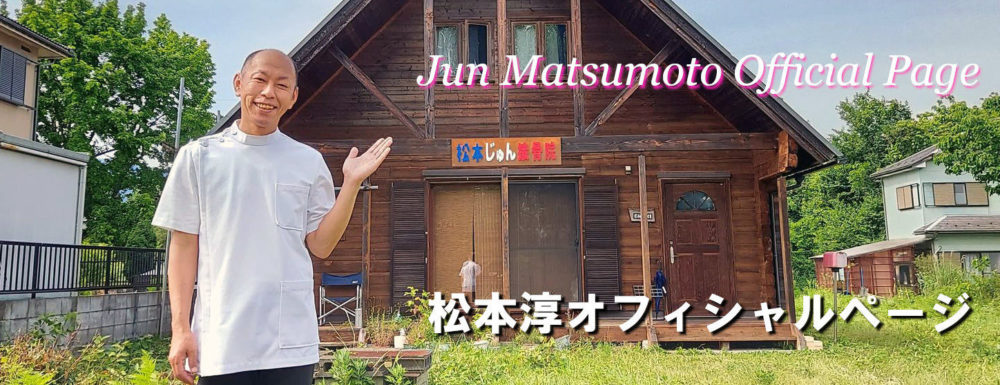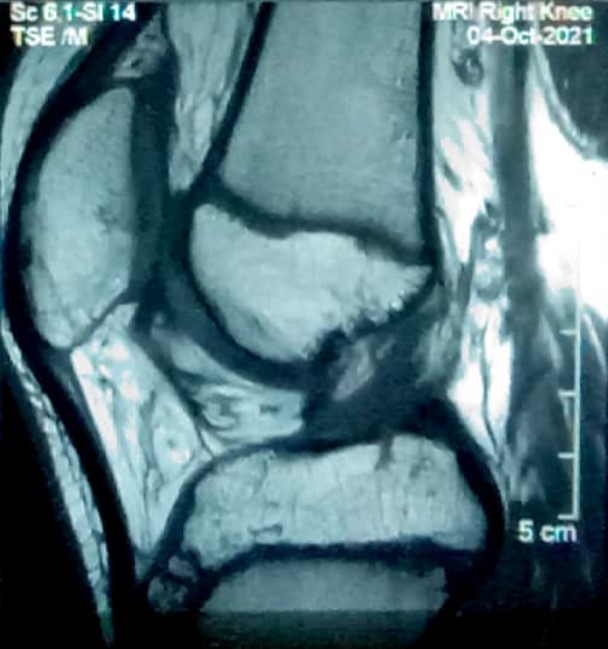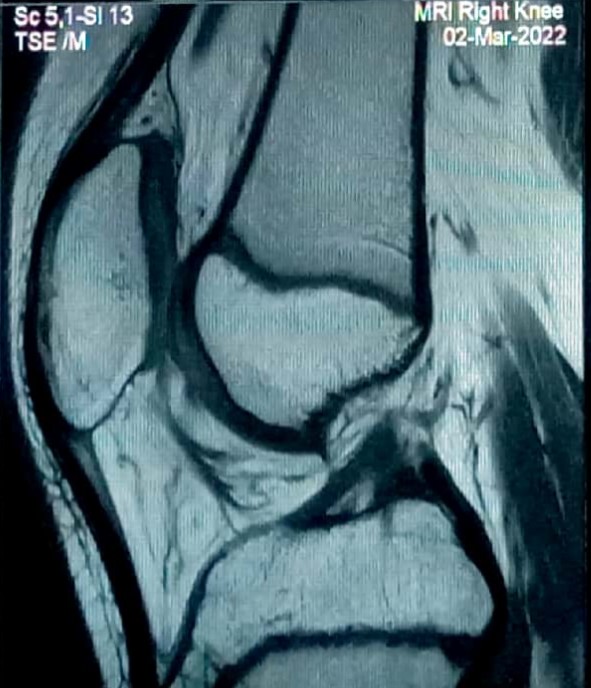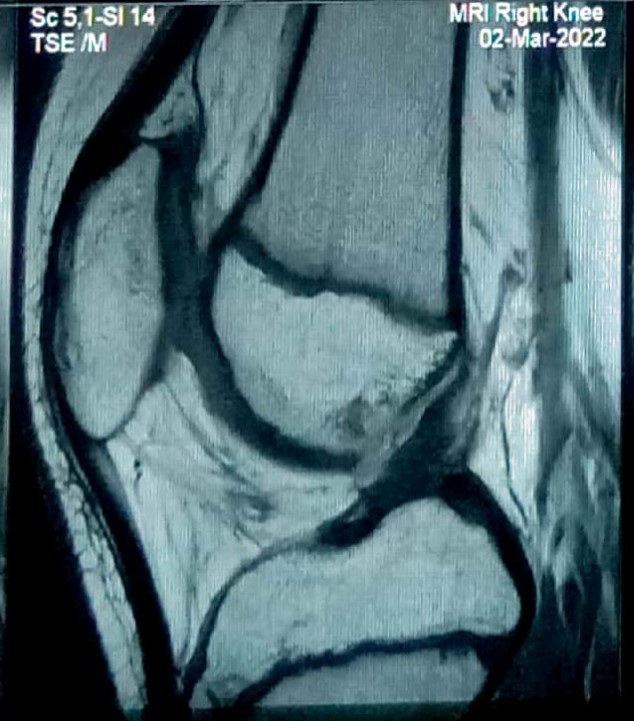ACL Online Therapy for natural healing
ACL tears heal without surgery
Patient information:
8 years old, Male, Japanese
On Nov.30, 2021, he injured his left knee by his own movement during playing soccer. On the same day, he was taken to the hospital and scanned through the x-ray. On Dec.11, 2021, he was taken through the MRI scanning, and the diagnosis was:
ACL Tear
Suspected Avulsion Fracture of tibial spine
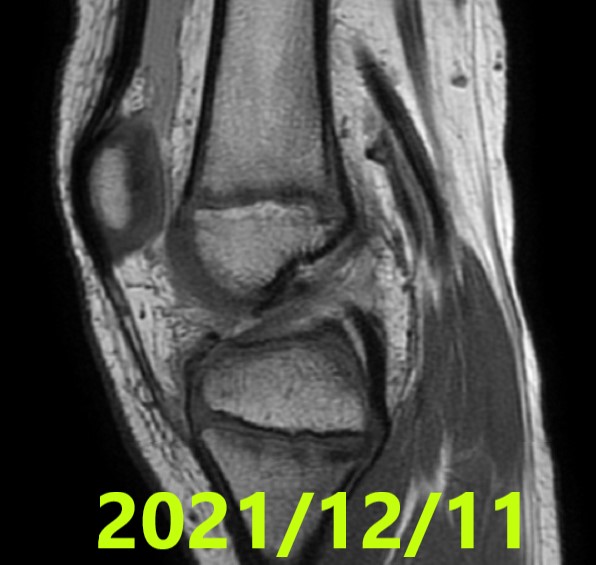
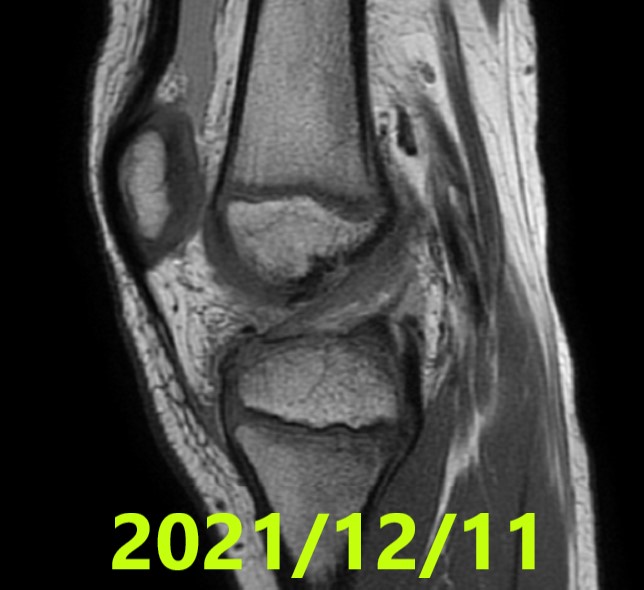
His doctor said that he was too young to have the ACL reconstruction as there is a high risk of interfering the bone growth. On Jan.18, he and his family visited Jun Matsumoto and started the Evo-Devo EX. for natural healing of the ACL tear. The Lackman’s test was positive. He continued the Evo-Devo EX. through the face-to-face and online sessions. The next MRI was taken on Mar.30.
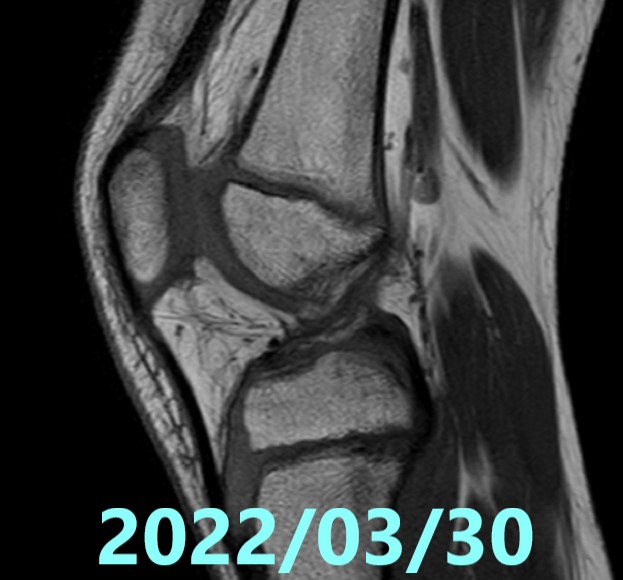

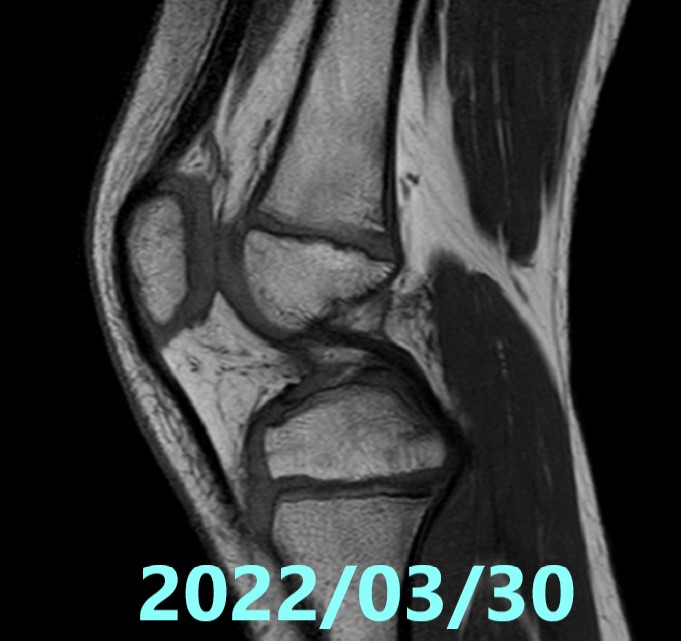
Even though the MRI pictures don’t show the clear continuity of the ACL, the Lackman’s test was negative at that time. After continuing the Evo-Devo EX. furthermore, he took the third MRI on Aug.17.
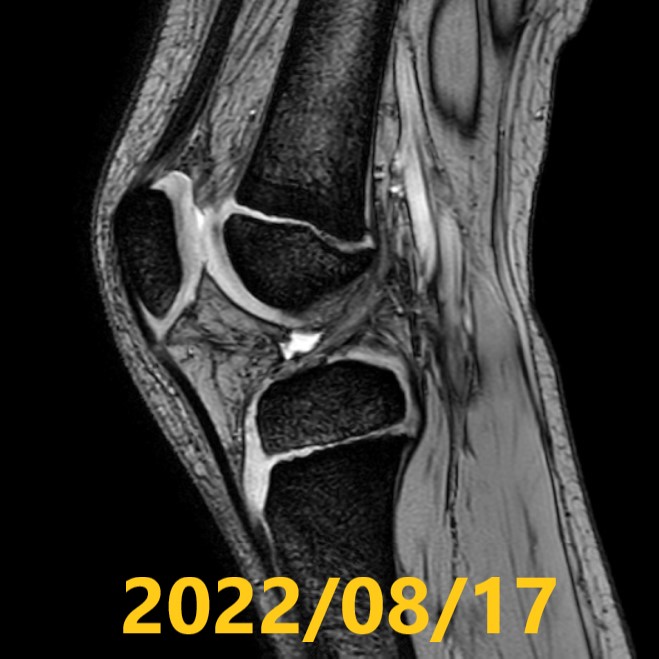
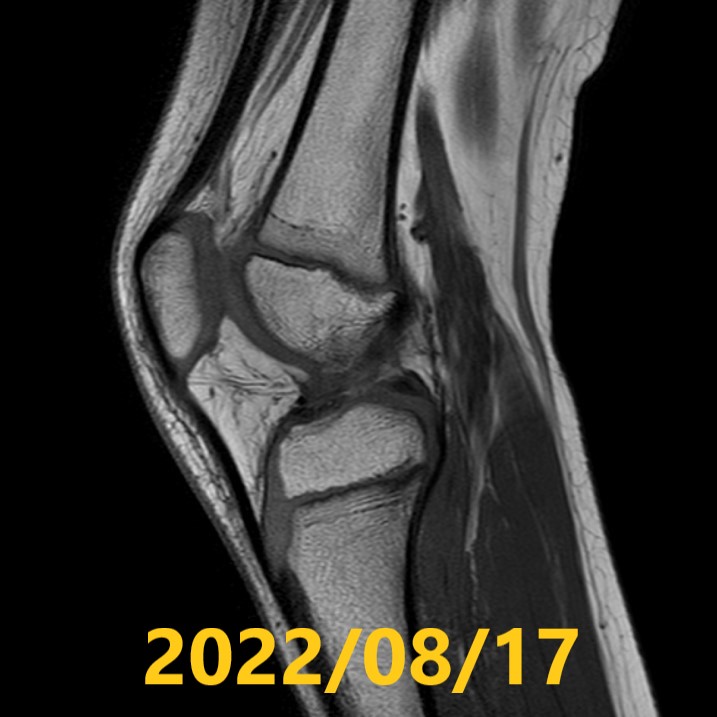
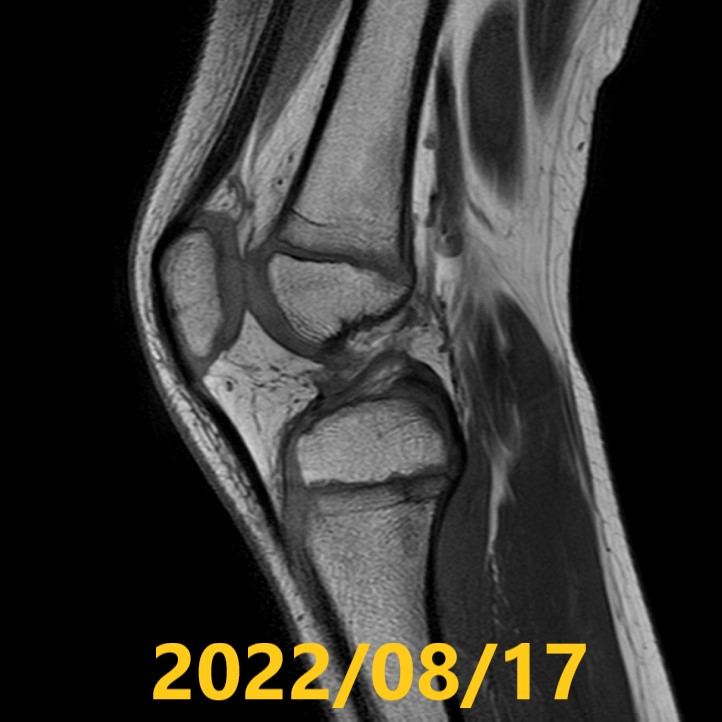
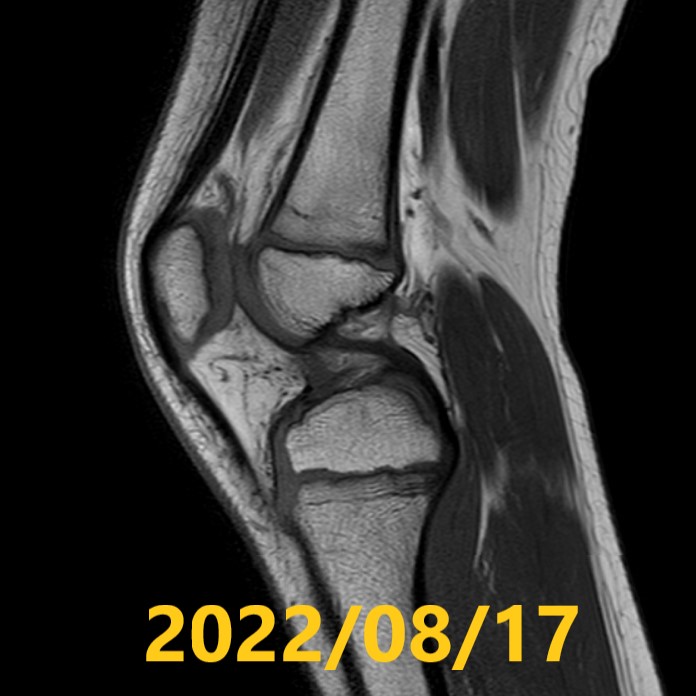
The MRI indicates:
Even though the T1 pictures don’t show the clear appearance of the natural healing, the T2 picture(the first one pf 08/17) shows the continuity of the ACL.
Future prospects and considerations:
Due to the poor resolution of the 1.5T MRI, it is difficult to have the exact diagnosis from these MRI. However, from the results of MRI and Lachman’s test, it can be inferred that the ACL healed spontaneously. Around 10 months from the injury, he already recovered the full range of motion of the knee, and started attending the physical education class at school. After one year from the injury, he plans to return to playing soccer.
